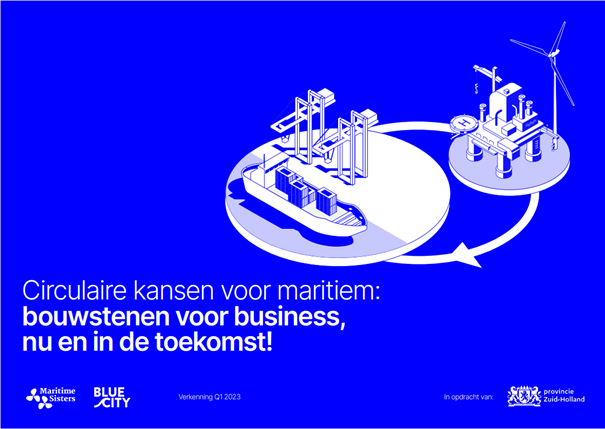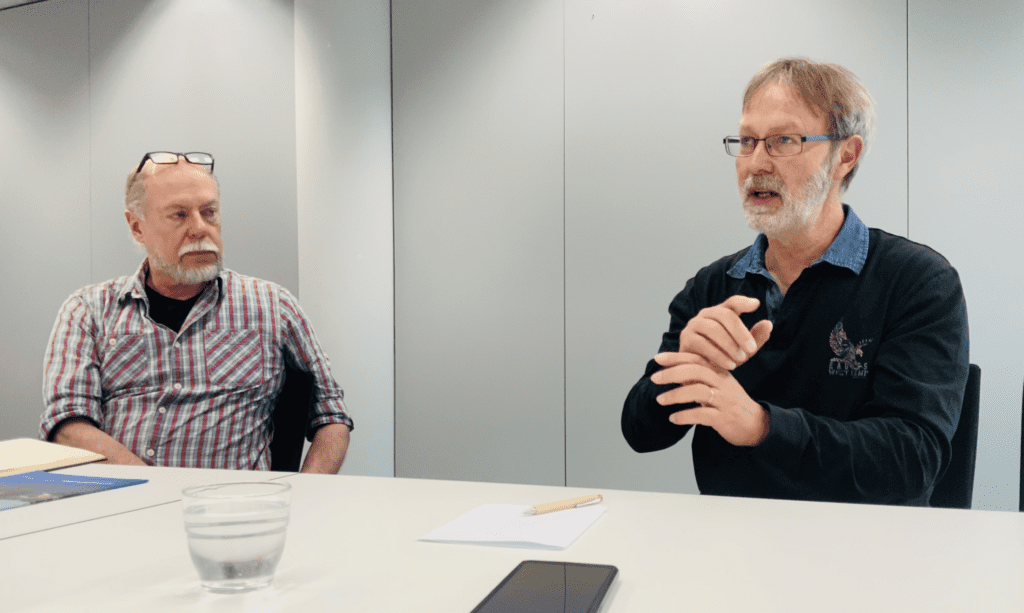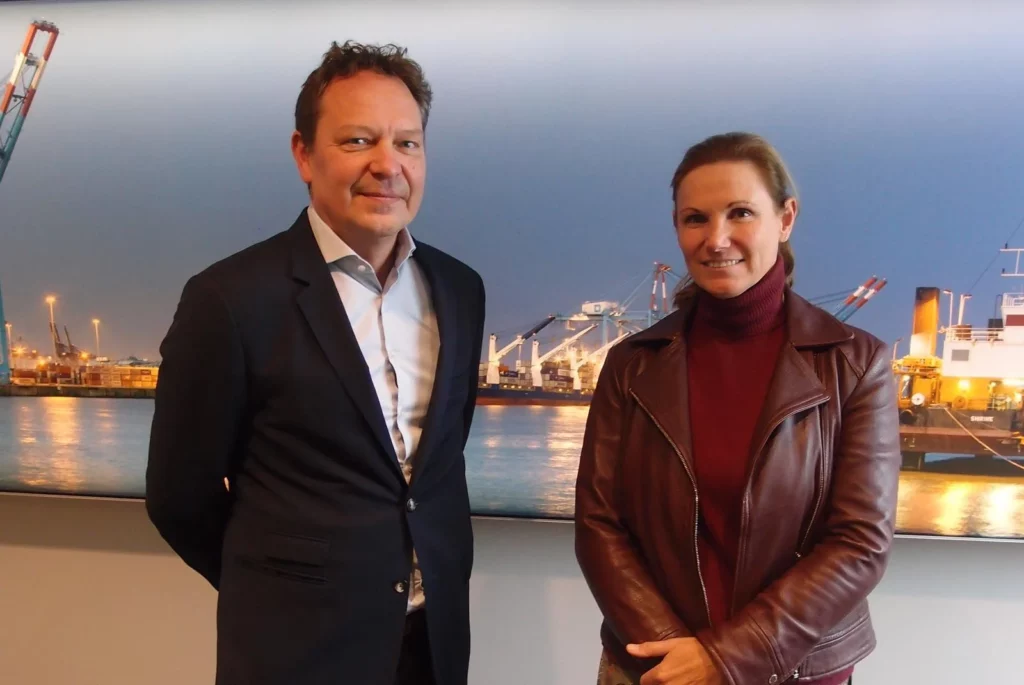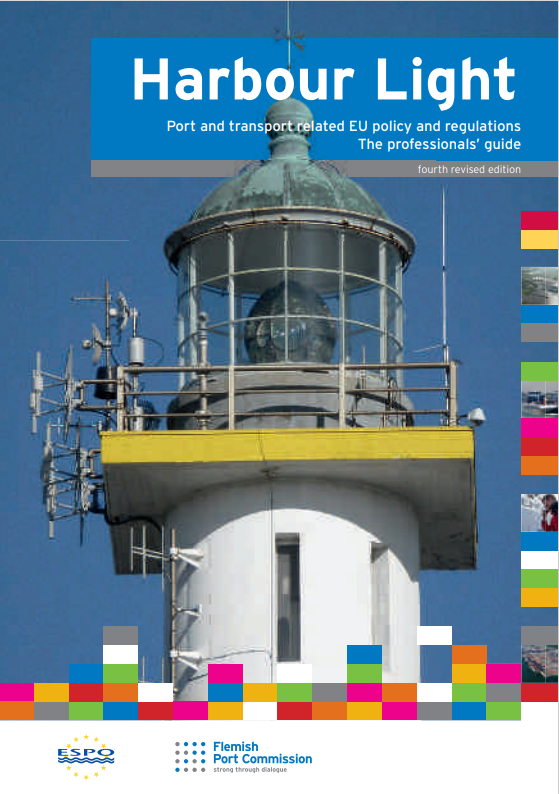Making insights actionable

Regeneration of abandoned or unsuitable port land
Regeneration of abandoned or unsuitable port land will require some kind of intervention from an ‘authority’ like a Port Management Body (PMB) or a public institution. In an interview with regeneration expert, Eddy Wille, (see “A View on Port Area Regeneration in the Flanders Region”) three roles emerged.
Regulation
The simplest role is the role of regulator. The authority can impose fines, set conditions or even change regulations like zoning plans to facilitate the regeneration process. Using regulation can be a cost-effective solution for the public sector or PMB as it means changes to maps or conditions but no structural investment. The authority can also use regulation to also set conditions, such as setting a minimum standard for circular economy activities.
Facilitation
A second role is that of the facilitator, where the authority is required to be actively involved in brokering a process, bringing together different actors and creating a vision. Here the authority can define clear objectives, and can select suitable partners that share the vision. The authority invests in facilitating the process but depends on shared resources or partnerships. In other words, as a facilitator it does not make an investment in the physical regeneration of the site.
Investment
Finally, where land is highly degraded or there is no commercial use, public investment may be necessary to unblock the process. Investment means that the authority may acquire the land and can ultimately stimulate how it will be used in the future. The Carcoke site in Zeebrugge is an example of a heavily contaminated site that required extensive public investment and would otherwise have remained a highly contaminated site for the foreseeable future.




